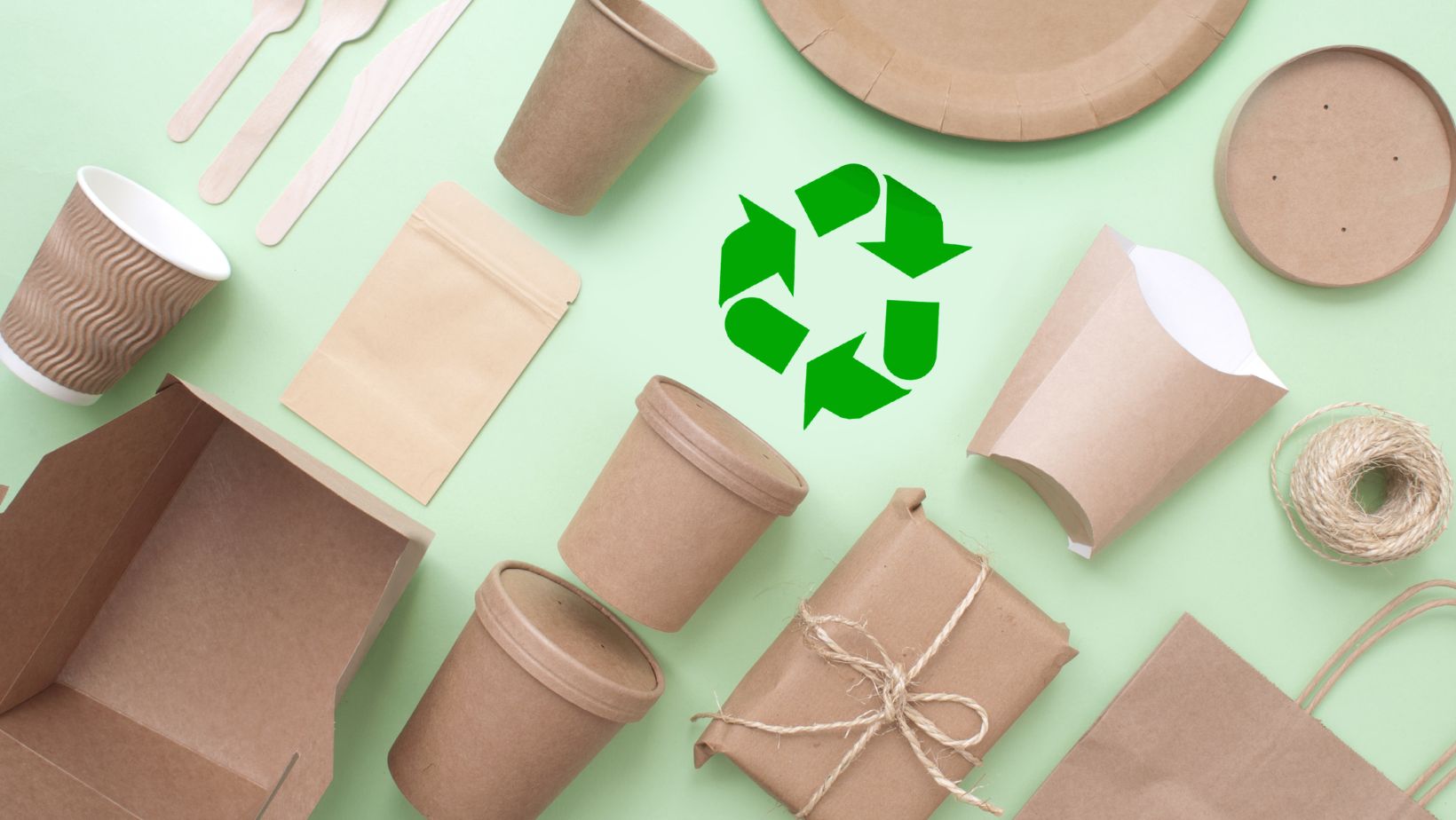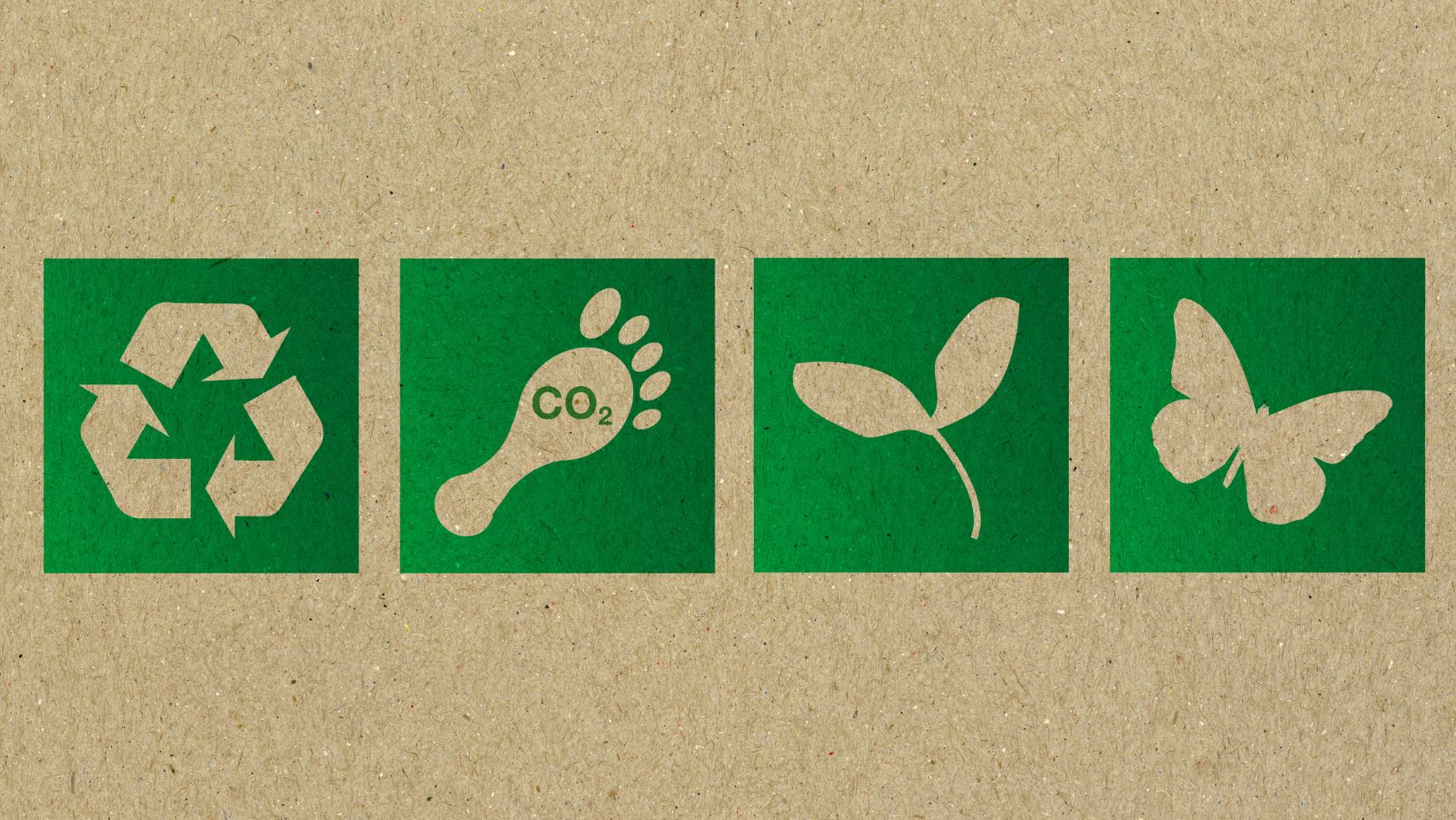The practice of sustainability now shapes core decisions in residential interior selection which extends to outdoor furniture designs as well. People who want to design effective outdoor areas now prioritize furniture options which combine environmentally-conscious elements with design quality and lasting performance. Achieving sustainability in outdoor living spaces is possible through many choices starting from material selection and progressing to making responsible decisions about furniture longevity. This guide examines all possibilities to develop environmentally friendly patio arrangements which satisfy your creativity and environmental sustainability requirements.
Contents
Table of Contents
ToggleChoosing Sustainable Materials
Constructing an eco-friendly outdoor area begins with picking furnishings composed of sustainable components. Selecting sustainable patio furniture materials requires customers to choose items that can be renewed or recycled or obtained from responsible sources. Teak serves as a trusted material for outdoor furniture because its durability makes it suitable for outdoor use and it meets the criteria of sustainable forest certification. Outdoor furniture made from recycled aluminum together with reclaimed wood and bamboo serves as outstanding alternatives because they decrease waste output and decrease resource consumption. Using these particular substances creates items that merge both durability and attractive design while keeping environmental impacts low.
Recycled plastic has become a new trend for creating sustainable patio furniture. Recycled plastic remains a standard material for outdoor dining furniture and relaxing chairs since it endures all weather types and remains fully recyclable throughout its life span. The use of plastic waste helps eliminate storage in landfills and decreases virgin plastic production requirements. More manufacturers using sustainable practices drive expansion in eco-friendly furniture products so homeowners now have increased options for building sustainable outdoor areas.
Choosing Sustainable Fabrics
In the selection process of eco-friendly patio furniture fabric plays an essential role. Fabrics used to make outdoor cushions and pillows and upholstery provide both environmental-cautious performance and resistance to weather conditions. Sunbrella cushions, designed from acrylic fabric, demonstrate durability and protect against fading because of their high-performance acrylic fabric material. Such materials are built to last many seasons which reduces replacement needs thus cutting down overall waste production. The reuse potential of these cushions makes them an ideal choice since you can wash and reuse them various times which reduces environmental impact.
The market provides custom outdoor cushions that utilize recycled materials combined with organic fabrics for people seeking personalized options. The eco-friendly outdoor areas can become distinct by using these cushions which help fulfill sustainability requirements with their material choices. Choosing sustainable fabrics for outdoor furniture provides you with functionality alongside environmental responsibility which improves sustainability and leads to an eco-aware lifestyle.
Maintaining Longevity
Sustainability requires responsible care of products along with responsible purchasing decisions. Proper outdoor furniture maintenance helps furniture last longer which decreases your need to buy replacement items. Using furniture covers for outdoor items when they are not actively in use represents a basic approach to caring for them. Furniture covers provide protection against weather conditions and shield against decay caused by precipitation and sunlight and snow elements.
The furniture’s integrity will stay intact through proper preservation which results in extended functional use so you avoid replacing the pieces and reduce garbage accumulation.
The proper techniques of storage and cleaning practices are vital for extending product lifespan. Sunbrella cushions remain vibrant and retain their texture by cleaning them easily with mild soap together with water to avoid harsh chemicals. You should keep your folding chairs along with your cushions during off-seasons in a dry space to stop potential mold formation and all weather-caused breakdown. A combination of basic maintenance techniques protects outdoor furniture from deterioration thus enabling sustainability in your lifestyle.
Repurposing and Recycling Furniture
When developing your environment into an eco-friendly outdoor setting you should first consider using existing furniture instead of purchasing new items. You can revitalize worn furniture by repainting it and adding new upholstery thus both lowering expenses and conserving discarded items. The transformation of vintage wooden chairs into plant stands and the conversion of old benches into outdoor storage units represents a successful method to provide new use for old items. Small affirmative adjustments to your outdoor lifestyle create significant impacts on outdoor maintenance as well as environmental effects.
The proper recycling of old outdoor furniture should be your priority during disposal. Recycling metal along with plastic and wood materials prevents these materials from filling up landfills. Consult local recycling facilities and research organizations that accept donations of gently used outdoor items for fabric materials such as cushions and pillows. Your efforts in proper furniture disposal minimize environmental impact across its entire life span which benefits home sustainability.
The act of creating environmentally conscious outdoor living areas includes sustainable choices made beyond material selection which support planetary sustainability over the long run. Sunbrella cushions from one part of climate-friendly outdoor materials which combined with proper maintenance practices enable you to reduce environmental effects when enjoying your patio space. A sustainable approach allows you to develop an outdoor area that embodies your environmental principles while assisting the growth of a more sustainable tomorrow.



